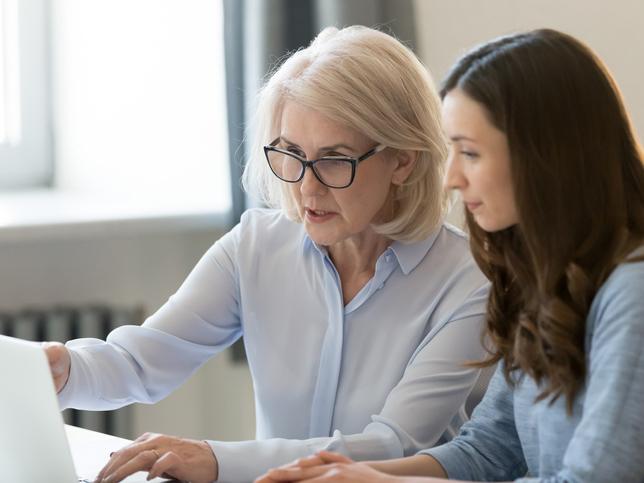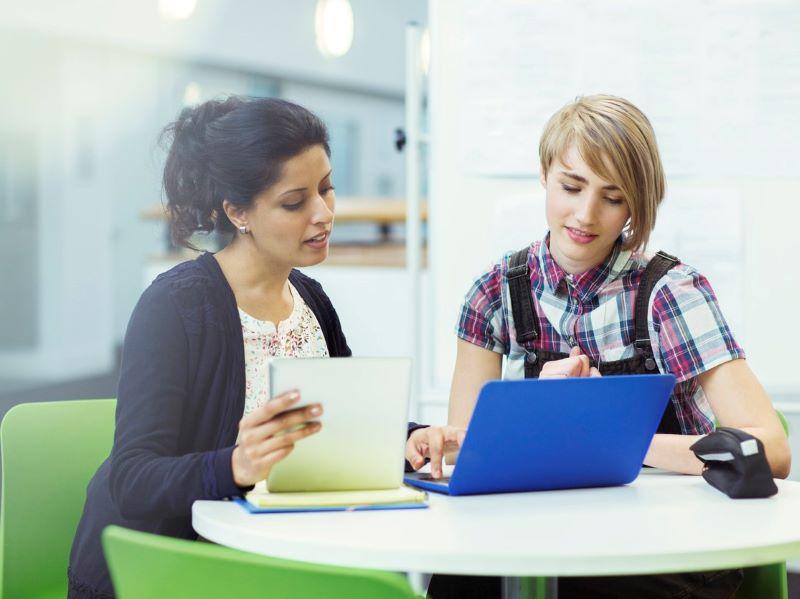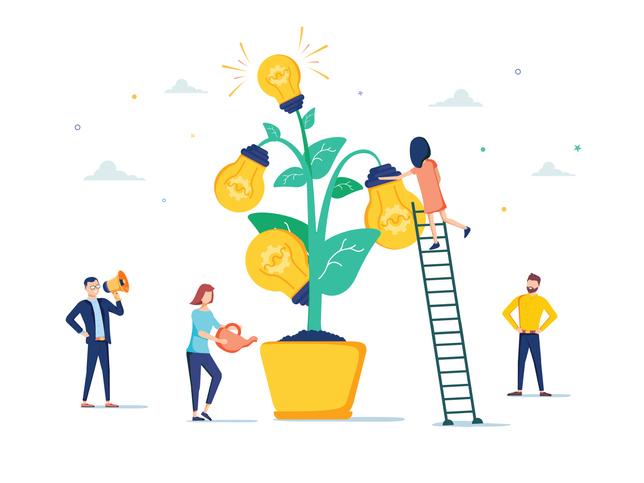
How reverse mentoring helps co-create institutional knowledge

Reverse mentoring can help students to develop leadership skills while addressing the need of staff and students to co-create implicit institutional knowledge. It puts less emphasis on swapping knowledge and more on generating dialogue, skills and relationships.
This approach to building relationships and implied knowledge, which reverses traditional power hierarchies and seeks connections across generations, is common in industry. As an education practice, reverse mentoring casts students as mentors and prioritises fresh perspectives.
- It’s worth rethinking how we engage graduates – they can be teaching gold
- Student-staff partnerships: seven strategies for adopting inclusive practices
- Research time disappearing before your eyes? Try student collaborations
This can come from a sense of dislocation. As the university sector experiences a paradigm shift, with technology changing the form, nature and delivery of higher education, reverse mentoring requires academics to develop synthetic thinking skills and an ability to think outside the box. For senior staff especially, this pace of change can leave their roles precarious, and them having to employ managerial strategies that offer an illusion of certainty. If leaders are to have an impact on teaching and learning, they need to rapidly gain knowledge of an institution’s activities, which can be found in a student’s ground-level perspective. Reverse mentoring may be valuable when developing new institutional approaches, especially around student engagement, technology integration and sustainability.
So, what is reverse mentoring?
As its name suggests, reverse mentoring is when a student mentors an academic.
Unlike mentoring and peer mentoring, which are widely known in higher education, reverse mentoring is only beginning to be used with positive results. Reverse mentoring helps to tear down the walls between generations. As a result, students might develop leadership skills and organisational knowledge, while mentees, who might include senior leaders, might increase their digital skills and gain insights from direct interaction with millennials. This in turn enhances innovation, social equality and diversity in the university.
Reverse mentoring involves planning and time commitment, but the benefits are far-reaching, often for both parties. I first encountered reverse mentoring while working in industry but was curious about applying this approach to an educational setting. As a senior leader in higher education, faced with a fast-changing external and internal environment because of the pandemic, I engaged in two rounds of reverse mentoring, each with a clear goal and, as I came to appreciate, many benefits.
Setting up a pilot reverse-mentoring programme
To set up reverse mentoring, the starting point is to decide on the goals and the purpose of reverse mentoring. This will vary in each relationship and needs to be further refined when the mentor and mentee meet for the first time. The reverse mentoring can be a part of a wider mentoring and coaching programme or a stand-alone initiative.
For me, both cases of the reverse mentoring involved a pilot to learn more about how it works. After the pilot, and successful results, the next step is to develop a programme with members of the leadership team to enhance our institutional knowledge.
The pilot for both rounds of reverse mentoring took place from November to June to fit with the academic calendar. I called for expressions of interest from students in October. I then met with interested students for “chemistry meetings” to get to know each other and discuss how the reverse mentoring would work. One student in each round decided to continue, and we began to work together from November. Frequency of meetings is a personal choice of the mentor and mentee. I find weekly meetings sustain engagement and progress.
Reverse mentoring to enhance digital skills
The first round of reverse mentoring took place when I was overseeing a rapid change to digital learning across the business school during the pandemic. The unprecedented times called for an unusual approach; I put myself in a learner position to refresh my skills and knowledge of how students engage with digital learning. Final-year students acting as mentors can practise leadership skills while gaining insight into the academy as a complex organisation. I asked final-year students if any would like to mentor me, and an international student stepped forward.
The reverse mentoring achieved surprising results. Not only did it open my eyes to how students engage in digital learning communities within the university, it also revealed how they interact with digital resources and how they use social media to enhance their learning. The student mentor was able to apply their knowledge from the business course to guide a senior leader and to learn how a complex organisation works. This reverse-mentoring relationship led to reciprocal mentoring where both sides achieved new perspectives and enhanced their skills.
Reverse mentoring to engage students on campus
Towards the end of the pandemic, my immediate goals changed to re-engaging with students back on campus. I was curious to engage first-year students in the dialogue about what social activities would enhance their engagement. Working with first-year students, who enter the university with prior experience and expectations, offers a fresh perspective.
In the second round of reverse mentoring, I worked with a first-year mature student, with experience in industry and hopes of starting their own business. At first, we concentrated on how the school operated, my role in it as a leader, why the student chose the business programme, and the roles and experience they had before starting their studies. Getting to know the first-year student’s perspective on how they engage socially on campus and beyond, what social events they value, and how they like to work in class and beyond were insights not otherwise available to me.
Based on the reverse mentoring, I created a programme of social events that were meaningful to students, including mature students, and which related to their work experience and the courses they study. The student found this direct and candid line of communication a great introduction to life at the university. The student felt that their prior experience and knowledge were valued by an academic and took a sense of self-belief and satisfaction from being a mentor.
Reverse mentoring as a remedy for institutional knowledge
Reverse mentoring can be groundbreaking in the sharing of knowledge and skills among junior and senior employees with reciprocal benefits. It challenges our thinking and changes mindsets, including how we co-create with the students a tacit institutional knowledge. It is an empowering tool available to anyone in higher education to challenge yourself and enhance your skills and knowledge.
Monika Foster is head of the department of marketing, operations and systems in the Newcastle Business School at Northumbria University.
If you found this interesting and want advice and insight from academics and university staff delivered direct to your inbox each week, sign up for the Campus newsletter.


